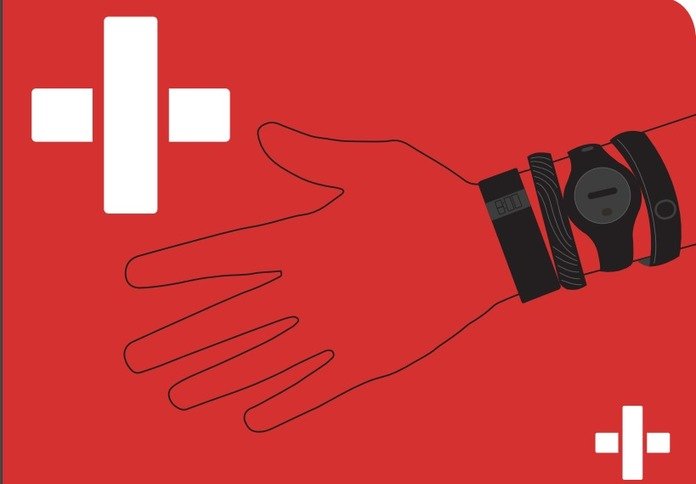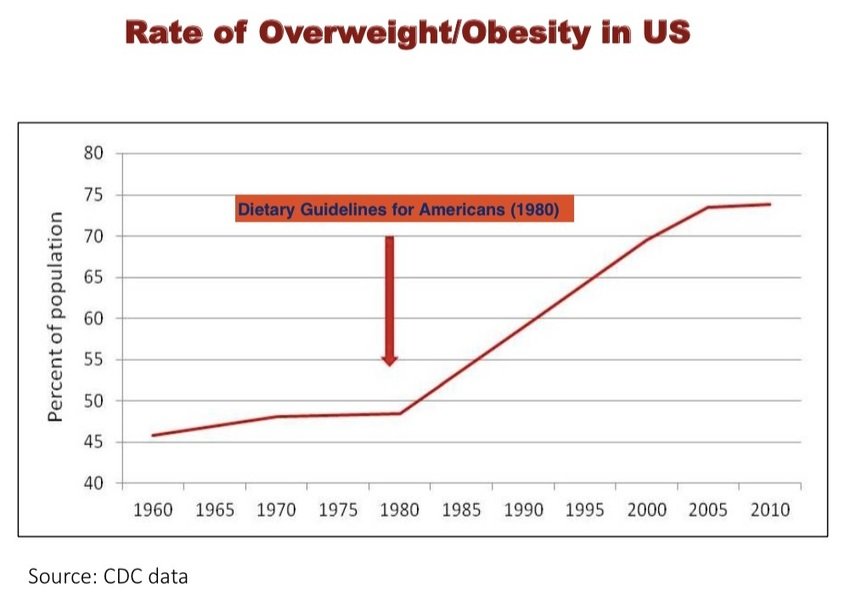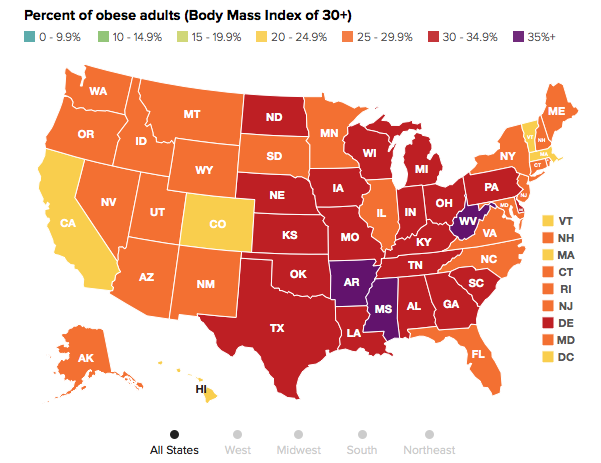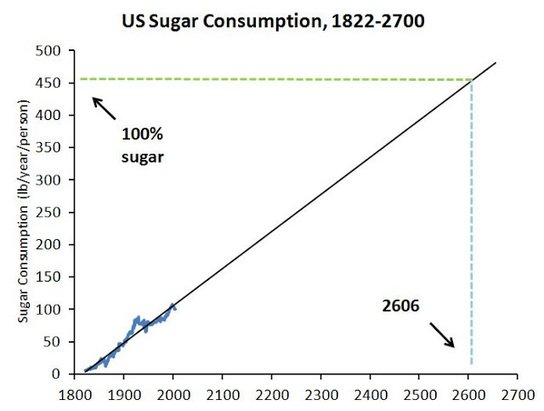State & Impact of Digital Health Tools Report: 14 Trends to Know

14 key trends from HealthMine’s recent digital health report that examines how consumers are using digital health tools and how it impacts their lives.
Beginning Nutrition: The Facts About Protein, Carbs & Fat

If you want to see best results from a training program, proper nutrition is critical. This means proper intake of calories, macro nutrients – protein, carbs & fats… Learn why they are important and the best time to have them.
Diabetes Diet : DietSensor Helps You In Creating A Healthy-Eating Plan To Keep Your Blood Sugar Under Control

A diabetes diet — medically known as medical nutrition therapy (MNT) for diabetes — simply translates into eating a variety of nutritious foods in moderate amounts and sticking to regular mealtimes. At DietSensor, we aims to make life with diabetes easier! And from now on, say goodbye to manual logging.
Nutrition Coalition suggests dietary guidelines made Americans fat

Members of the Nutrition Coalition said Americans followed the government dietary guidelines at the same time obesity burgeoned. One graph supplied by the Nutrition Coalition’s members showed when the government’s dietary recommendations became official in the late 1970s, the obesity epidemic of the American people began and accelerated. Other data showed the public has followed the dietary guidelines, despite claims to the contrary. This means Americans have cut their consumption of saturated fats and increased their consumption of carbohydrates.Last, the Nutrition Coalition charged that, despite all the evidence against it, the official narrative has not changed since it began. The dietary committee today names three “dietary patterns,” yet all are essentially the same — low-fat, high-carbohydrate diets.
Adult Obesity in the United States: The State of Obesity

According to the most recent data, rates of obesity now exceed 35 percent in three states (Arkansas, West Virginia and Mississippi), 22 states have rates above 30 percent, 45 states are above 25 percent, and every state is above 20 percent. Arkansas has the highest adult obesity rate at 35.9 percent, while Colorado has the lowest at 21.3 percent. The data show that 23 of 25 states with the highest rates of obesity are in the South and Midwest.
DietSensor : Food Tips to Prevent, Control and Reverse Diabetes

Diabetes is on the rise, yet most cases are preventable and some can even be reversed. Taking steps to prevent and control diabetes doesn’t mean living in deprivation; it means eating a tasty, balanced diet that will also boost your energy and improve your mood. You don’t have to give up sweets entirely or resign […]
Daily chocolate intake linked to lower risk of diabetes, heart disease

There is some welcome news for chocolate lovers; new research suggests eating chocolate every day may lower the likelihood of diabetes and heart disease
Whole Health Source: By 2606, the US Diet will be 100 Percent Sugar

The US diet has changed dramatically in the last 200 years. Many of these changes stem from a single factor: the industrialization and commercialization of the American food system. We’ve outsourced most of our food preparation, placing it into the hands of professionals whose interests aren’t always well aligned with ours.
Understanding the American Obesity Epidemic

Obesity — everyone knows it’s bad and that it’s everywhere.
Nearly 78 million adults and 13 million children in the United States deal with the health and emotional effects of obesity every day. The solution to their problem could sound deceptively simple — take in fewer calories a day, while cranking up the calorie-burning process with regular exercise.
But it’s not just a matter of obese people deciding they’re going to eat less, says Donna H. Ryan, M.D., co-chair of the committee that wrote the recent obesity guidelines and professor emerita at Louisiana State University’s Pennington Biomedical Research Center in Baton Rouge.
The World Is Getting Fatter and No One Knows How to Stop It

Humanity is putting on weight. Across the globe, in wealthy countries and developing nations, among children and adults, an increasing number of people are overweight or obese. Today, nearly 40 percent of the world’s adults fall into one of those categories, according to new estimates by a global network of researchers called the NCD Risk Factor Collaboration.



